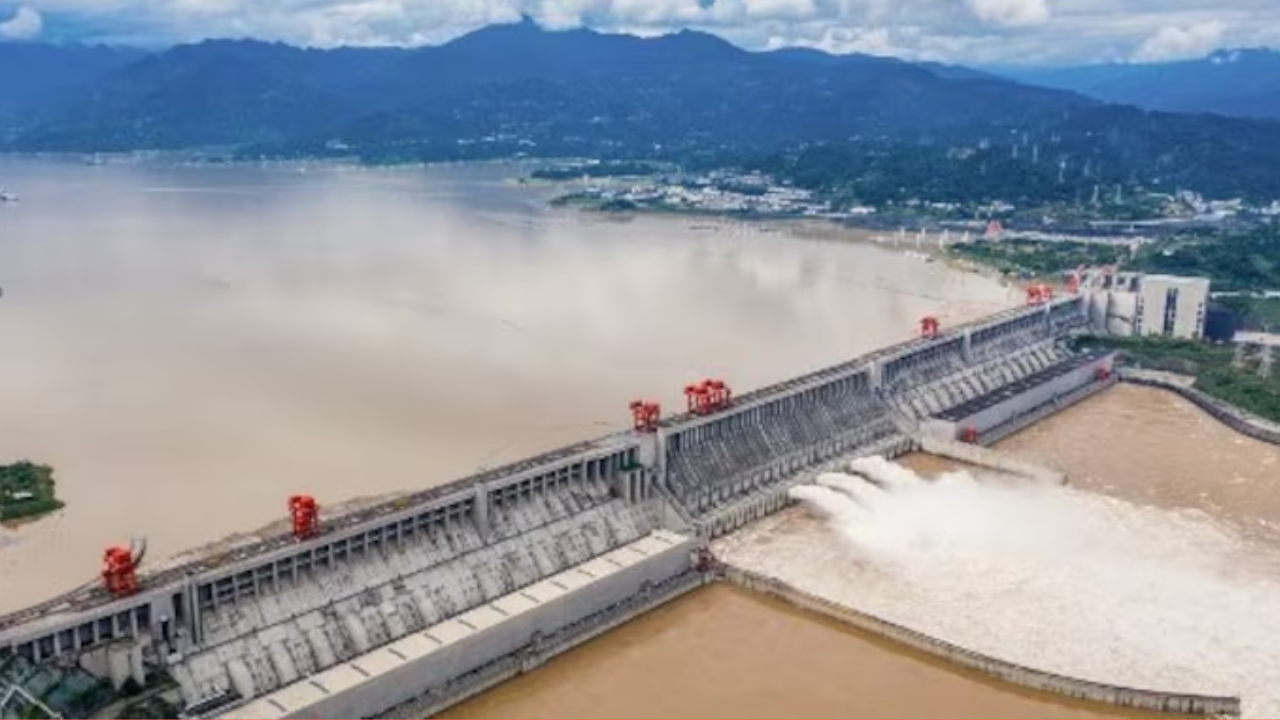China has officially started building a large-scale hydropower project on the Brahmaputra River, known locally as Yarlung Sangpo, which flows through Tibet. The groundbreaking ceremony took place on Saturday, July 19, and was attended by Chinese Premier Li Xiang. The news was confirmed by China’s state news agency, Xinhua.
China received approval for this project last December, framing it as part of its efforts to achieve carbon neutrality and promote economic development in Tibet. Once completed, the dam could surpass the current world’s largest hydropower project, the Three Gorges Dam in central China.
According to Xinhua, the electricity generated from this dam will be supplied to other parts of China, while also meeting Tibet’s local power needs. The plan includes constructing five hydroelectric stations, with an estimated cost of approximately 1.2 trillion yuan, or about 167.1 billion US dollars.
However, India has expressed concern over China’s initiative. The Brahmaputra River is a vital transboundary waterway for India and Bangladesh. New Delhi fears that the large dam in Tibet’s upstream region could threaten water security and harm the environment in downstream countries. India’s Ministry of External Affairs stated that it will take all necessary measures to protect its interests and has urged China to ensure that the project does not negatively impact the neighboring nations.
China maintains that the dam will not adversely affect downstream environments and has pledged to keep communication open with neighboring countries. Yet, environmental experts and activists warn that such a massive infrastructure project in Tibet, a highly sensitive ecological zone, could cause irreversible damage.
It’s important to note that India and China have a long-standing, often contentious border dispute, which frequently escalates geopolitical tensions. The new hydropower project on the Brahmaputra’s upper reaches has intensified these concerns, raising fears of further regional instability amid ongoing border disagreements.












+ There are no comments
Add yours